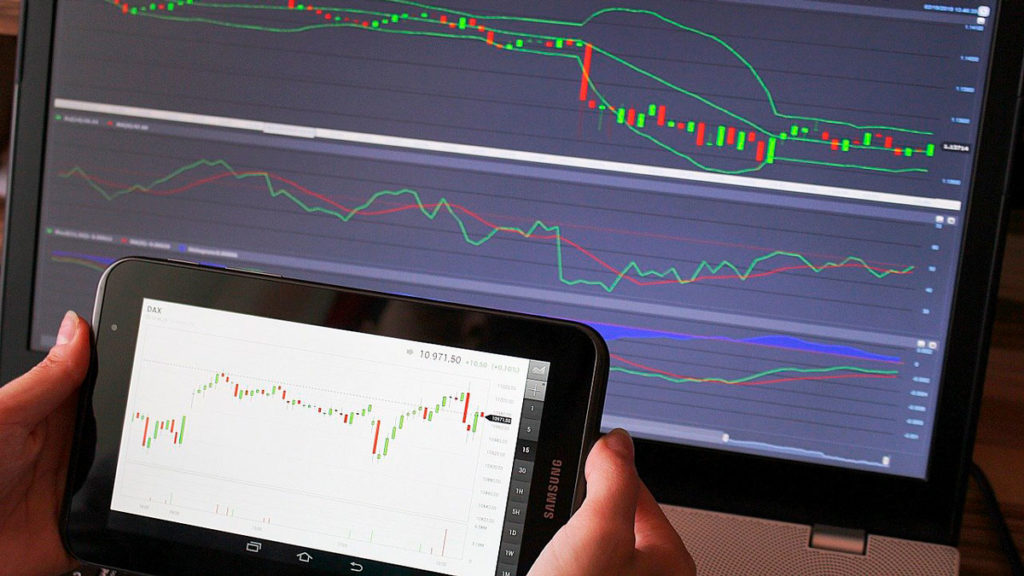When an individual places an order to buy or sell a cryptocurrency, he/she expects the order to sail through when the price is exactly the same. However, things do not always work in this way with cryptocurrency trading. The order may sail through when the price of the cryptocurrency has already changed.
Nonetheless, slippage does not always mean that you lose out. You can also profit from it, in case you have placed a sell order for a cryptocurrency, then the price rises. Although, if you place a sell order and the price falls, you get less than you anticipated.
Slippage defined
In respect of what we discussed above, we will define slippage in very simple terms. There is slippage if a price of an asset changes before the order is fulfilled. This means that the actual execution price can be less than the expected one. On the contrary, it can also decrease. This normally occurs when the market is highly volatile.
Slippage is worse in centralized crypto exchanges than decentralized ones. The positive thing is that there are ways in which a trader can protect himself/herself from slippage. Nevertheless, there can never be 100 percent guarantees.
Types of slippages
There are two types of slippage, positive and negative.
Positive slippage: This type of slippage gives a trader a better rate than the one at which he/she placed an order. For example, in the case of a buyer order, there is slippage if the actual executed price is lower than the expected one.
Negative slippage: With this type, a trader has a worse off rate than the one at which he/she placed the order. In other words, the trader gets a less favourable rate than he/she expected.
Steps to take to handle slippage
As we have already mentioned, you can take some precautions against slippage. This is because if one experiences too many cases of slippages there is a great loss of money.
Choose a suitable broker: Some brokers reject an order if the slippage is too high. Therefore, a trader can do well by making a thorough search for the best broker.
Use of market orders and limit orders: Slippage normally occurs when the order is regular. A regular order is an order to buy or sell an asset at the market price. On the other hand, a limit order allows a trade to go through only if the price is at the expected level or better. However, there is a disadvantage to a limit order. You can miss out on the expected trade and may take time to get a suitable one.
Trading when the market is most liquidity: The fact is that market liquidity is not always at the same level. The market is most liquid at the peak of the daily trading period when many people are buying and selling the asset such as BTC.
Avoid trading when there is major news: Major news related to the economy or crypto events may lead to slippage. Therefore, it’s wise to avoid selling when there is breaking news, likely to affect price movements. The news may include a bank’s monetary policy, changes in the interest rate and change in directors or top management.
Trade in markets with low volatility but high liquidity: When you trade in a market that has low volatility yet has high liquidity, you lessen the chances of slippage. Low volatility means that the prices do not change within short periods of time. In case, the price changes it could be at a low margin.
And high liquidity means that orders are executed as instantly as possible thereby reducing the chance of price fluctuations.
Slippage summed up
Slippage can be either positive or negative. As a result, a trader can benefit or lose out. The good thing is that you can take measures to prevent loses, through trading in markets with low volatility, trading in markets with high liquidity and choosing the best broker.

